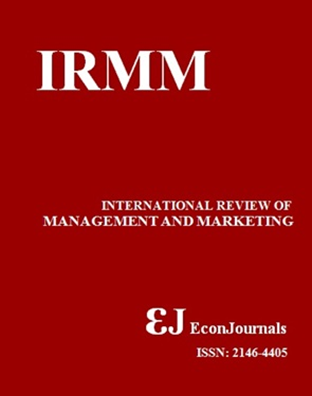Analyzing Fast Food Consumption Among Iranian Urban Households
Abstract
Fast foods are of different effects on households' health and budget. This research aims to explain fast food consumption pattern among the Iranian urban households. It uses a consumer utility function and constrained optimization method to describe factors affecting fast food consumption with emphasis on social classes. The expenditure on fast food, incomes, and price indexes were extracted from Households Income and Expenditure Survey (HIES) by the Statistical Center of Iran over the 2008-2013 period. Using panel data models, we indicate that the relative expenditure on fast foods and snacks is significantly linked with non-wage incomes, total income, and relative food prices. One percent increase in per capita income increases the per capita fast foods expenditure by 1.14 percent. This study may direct food industry planners and governmental policy-makers to account for health and economic consequences of fast foods. The socialization and imitation effects of fast foods consumption are considered.Keywords: Fast food, Consumption, Urban householdsJEL ClassificationS: C51, D11, J32, Q18Downloads
Download data is not yet available.
Downloads
Published
2016-04-17
How to Cite
Agheli, L., & Emamgholipour, S. (2016). Analyzing Fast Food Consumption Among Iranian Urban Households. International Review of Management and Marketing, 6(2), 205–212. Retrieved from https://econjournals.com/index.php/irmm/article/view/1969
Issue
Section
Articles




